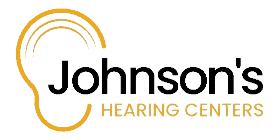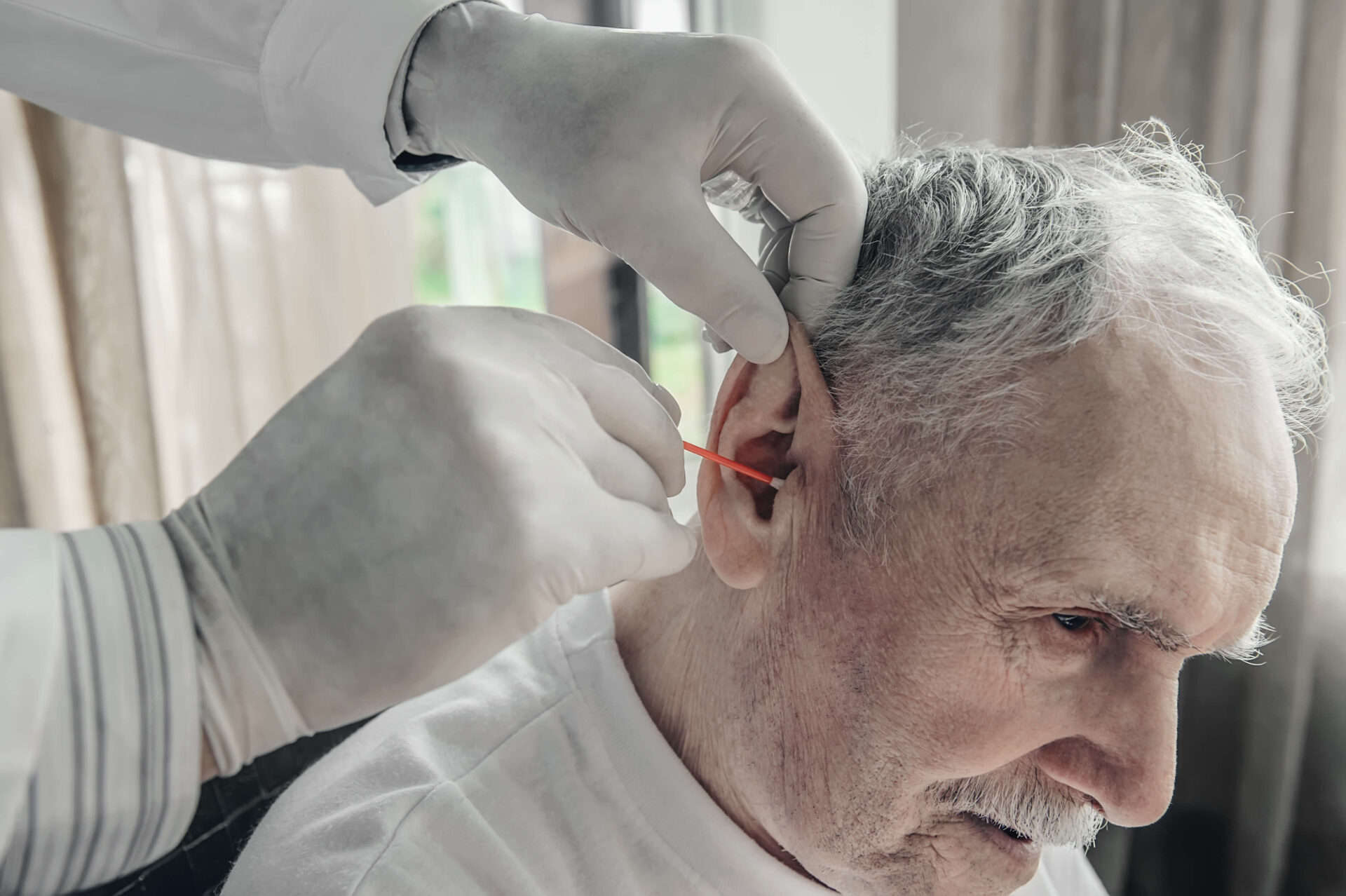Earwax is a natural part of ear health, but it doesn’t always get the attention it deserves. This sticky substance might seem inconvenient sometimes, but it is critical in protecting the ears from dirt, bacteria, and other intruders. While earwax is usually harmless and self-maintaining, there are moments when it requires attention. Knowing when to clean earwax and when to consult a hearing health professional can make a big difference in maintaining clear hearing and preventing complications.
The Purpose of Earwax
Earwax is not something the body produces without reason. It’s a defense mechanism designed to shield the delicate inner workings of the ear. As the body naturally pushes old earwax out, new cerumen forms to continue its protective function. This process is efficient for most people, and no additional cleaning is needed. Problems arise only when the process is disrupted, leading to a buildup that can impact hearing and ear health.
Signs It’s Time to Address Earwax
While earwax is usually self-regulating, certain signs indicate it may be time to take action. Common symptoms of a blockage include muffled hearing, a sensation of fullness in the ear, or even discomfort. Tinnitus, or ringing in the ears, can also occur. In some cases, excessive earwax can interfere with the use of hearing aids or other assistive listening devices. When these symptoms arise, it’s worth considering whether earwax buildup is the cause.
Safe Methods for Cleaning Earwax
Gentle care is key when addressing earwax. Over-the-counter ear drops can soften the wax for minor buildup, making it easier for the body to remove naturally. A warm washcloth can be used to clean the outer ear, but anything inserted into the ear canal risks pushing wax further inside, potentially causing a blockage. Cotton swabs, though commonly used, are not designed for cleaning the ear canal and often do more harm than good.
When Professional Help Is Necessary
In certain situations, a visit to a hearing health professional is required. If earwax buildup persists despite at-home remedies or symptoms worsen, it’s time to seek help. Professionals have the tools and expertise to safely remove stubborn wax, often using methods like micro-suction or specialized instruments. Furthermore, recurring earwax issues might point to an underlying condition, such as narrow ear canals or excessive cerumen production.
Scheduling a hearing health exam with a hearing health professional ensures any concerns are addressed early. These check-ups can detect wax buildup before it becomes symptomatic and assess overall hearing health. Hearing loss, if present, can be managed more effectively with early intervention.


